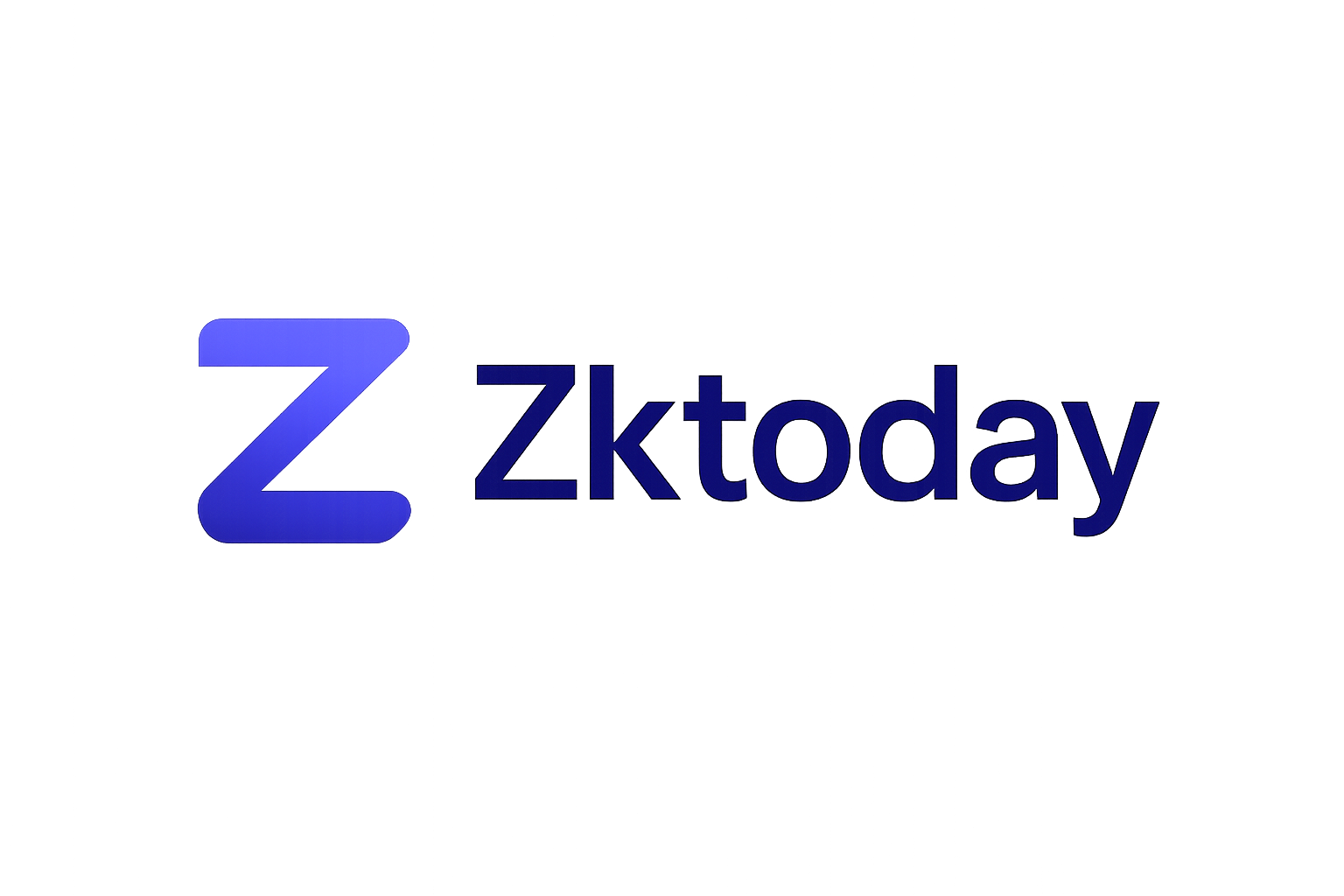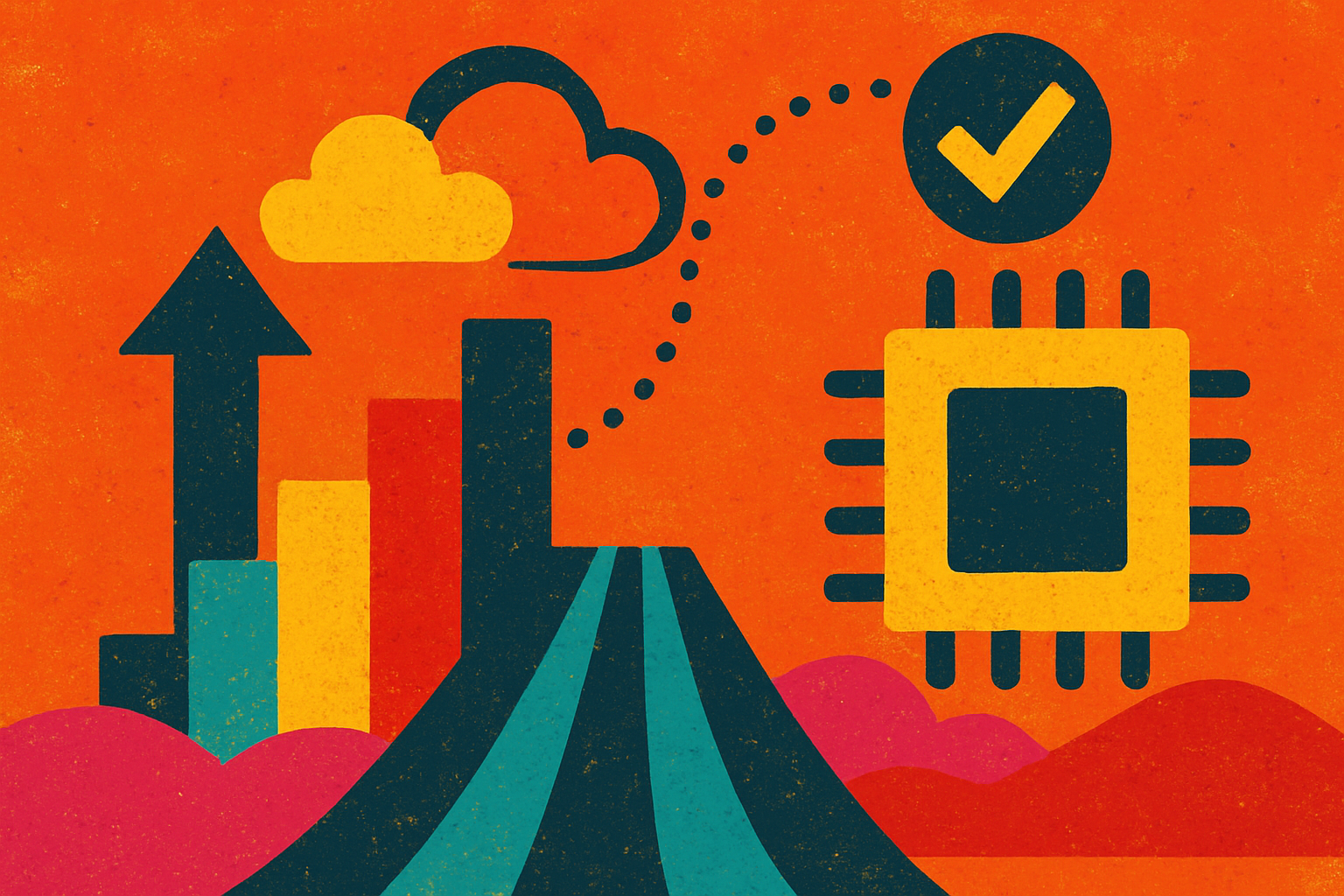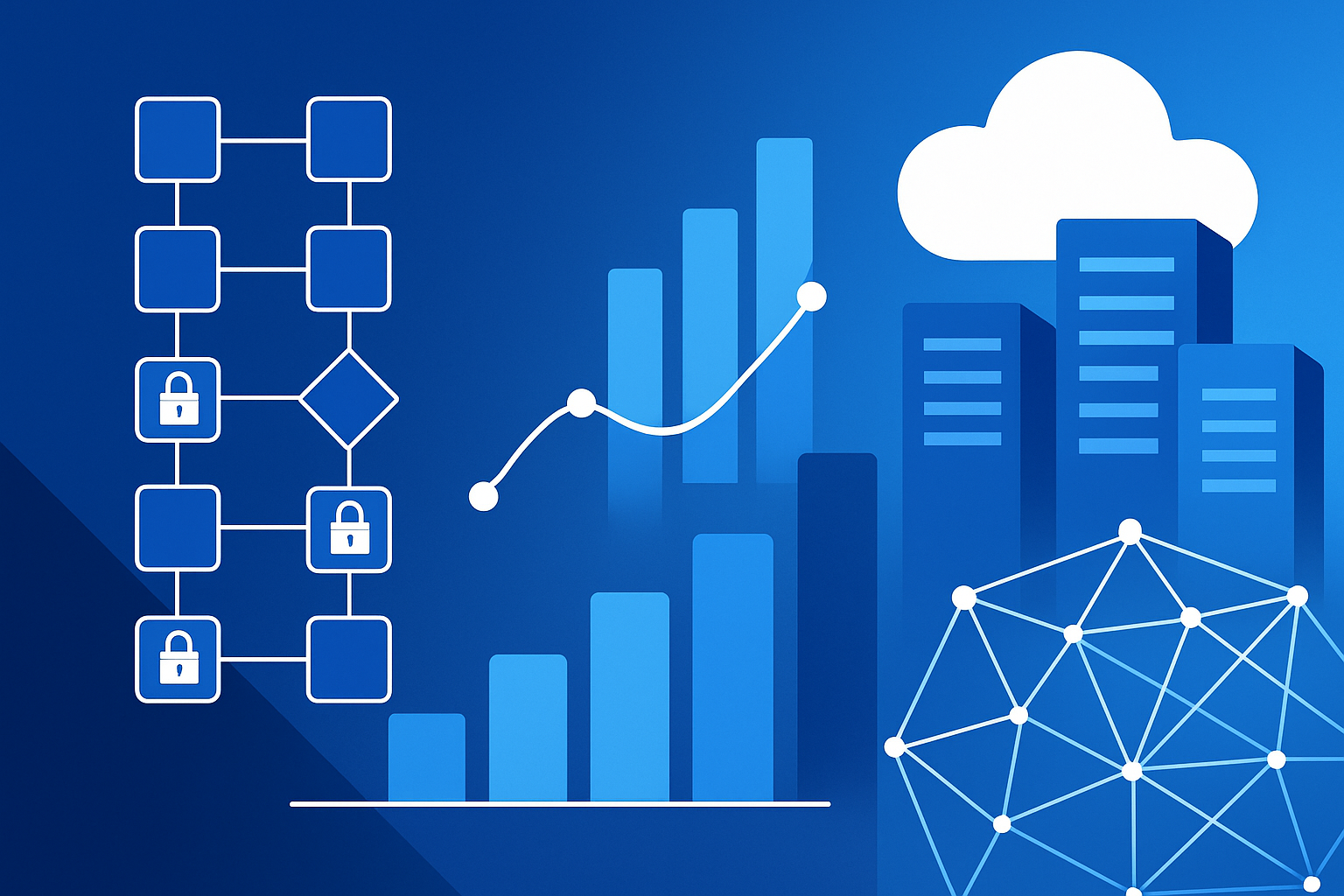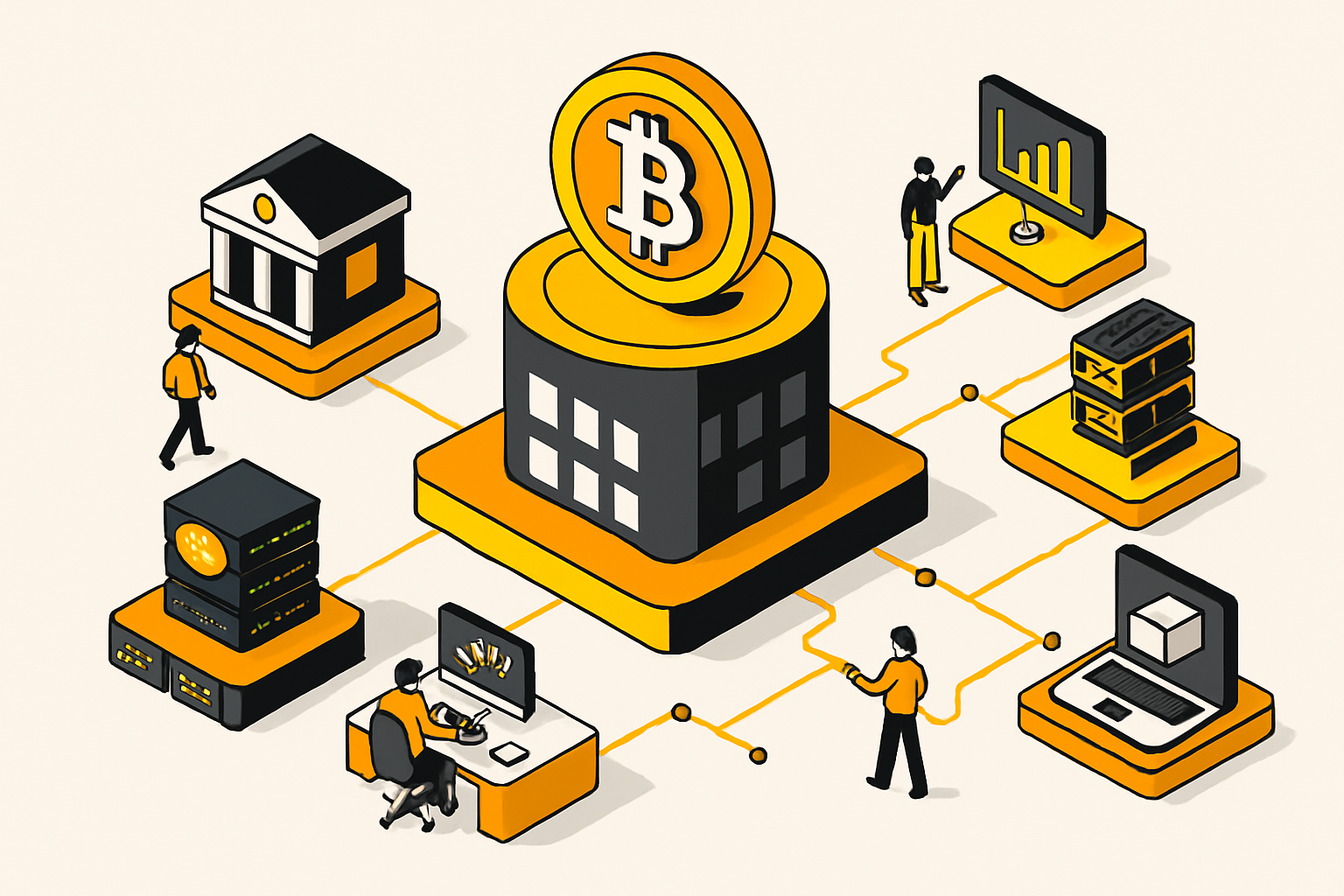
Zero-knowledge rollups (ZK rollups) are the backbone of Ethereum’s scalability roadmap for 2025, promising a future where blockchains can finally handle mass adoption without sacrificing decentralization or security. But here’s the kicker: none of this is possible without robust data availability. This often-overlooked layer is the unsung hero that lets ZK rollups compress thousands of transactions into a single proof, while still keeping everything trustless and verifiable.

Why Data Availability Is the Heartbeat of ZK Rollup Scalability
Let’s break it down. ZK rollups batch transactions off-chain, then post a succinct validity proof on-chain. But for users and validators to reconstruct the state or challenge fraud, the actual transaction data must be accessible somewhere. If that data vanishes or becomes inaccessible, nobody can verify the chain’s integrity, or safely withdraw funds.
This is why data availability isn’t just a technical detail, it’s the linchpin that keeps zk rollup scaling honest. As Steve Obasi put it: “Data availability is the silent guardian of blockchain scalability. Without it, trustless systems crumble into centralized promises. ” In 2025, as Ethereum and other chains go modular and DeFi volumes explode, getting this right is mission-critical.
The Three Pillars: Key Data Availability Mechanisms in 2025
The zk rollup ecosystem has converged on three main strategies to ensure transaction data never disappears:
- On-Chain Data Posting: The OG method, posting all transaction calldata directly to Ethereum (or your L1 of choice). This guarantees maximum security and censorship resistance, but it can drive up gas fees and bloat storage needs.
- Data Availability Committees (DACs): Here, select entities temporarily hold transaction data off-chain. It’s leaner on costs but introduces centralization risks, if a committee colludes or fails, user funds could be locked.
- External Data Availability Layers: Enter modularity! Networks like Celestia and Polygon Avail specialize in storing and serving rollup data using innovative techniques like Data Availability Sampling (DAS). This balances cost, speed, and decentralization, but integrating these layers brings new technical challenges.
If you want to dive deeper into how these mechanisms work together to solve blockchain’s trilemma, check out our explainer on how zk rollups are solving the scalability trilemma.
The Risks Lurking Beneath: What Can Go Wrong?
No system is bulletproof, and as ZK rollups scale up in 2025, their attack surface expands. Here are some top-of-mind risks every developer and investor should know:
- Data Withholding Attacks: If sequencers or DACs withhold critical transaction data, even temporarily, users can’t verify state transitions or exit funds. This creates denial-of-service threats that undermine user trust.
- Censorship and Centralization: Relying too heavily on DACs or centralized sequencers means you’re only as decentralized as your weakest link. Any collusion could lead to censorship or even fund lock-ups, a big no-no for permissionless DeFi.
- Bottlenecks and Cost Spikes: On-chain posting remains secure but can make fees unpredictable during periods of high usage. Meanwhile, external DA layers introduce latency and bandwidth trade-offs that require constant tuning.
The bottom line? Every approach involves trade-offs between cost, security, speed, and ultimately user experience. The next wave of zk scaling solutions will need to innovate at every layer to keep up with surging demand across DeFi, NFTs, gaming and beyond.
So, what does the future hold for zk rollup data availability as we move deeper into 2025? The modular blockchain stack is evolving at warp speed, and the interplay between DA layers and zk rollups is at the heart of this transformation. Projects are racing to deploy their own custom rollups, each making different choices about how much data to post on-chain versus offloading to specialized DA networks. This diversity is healthy, but it means users and developers need to stay sharp about the strengths and risks of each design.
Modular Synergy: How Data Availability Layers Supercharge ZK Rollups
External DA solutions like Celestia and Polygon Avail have become the go-to infrastructure for new zk rollup deployments in 2025. By decoupling data storage from execution, these networks let rollups scale horizontally, spinning up new chains without clogging up Ethereum’s mainnet. Data Availability Sampling (DAS) brings a game-changing efficiency boost: validators can check if data exists without downloading every byte, slashing bandwidth needs while preserving trustlessness.
But this isn’t just theoretical. DeFi protocols are already leveraging these advances to launch high-throughput trading platforms with sub-second finality and rock-bottom fees. Meanwhile, privacy-focused projects like Aztec are using zk proofs plus robust DA guarantees to deliver confidential transactions at scale, no more trade-offs between privacy and performance.
Top Data Availability Layers Powering zk Rollup Scalability in 2025
-
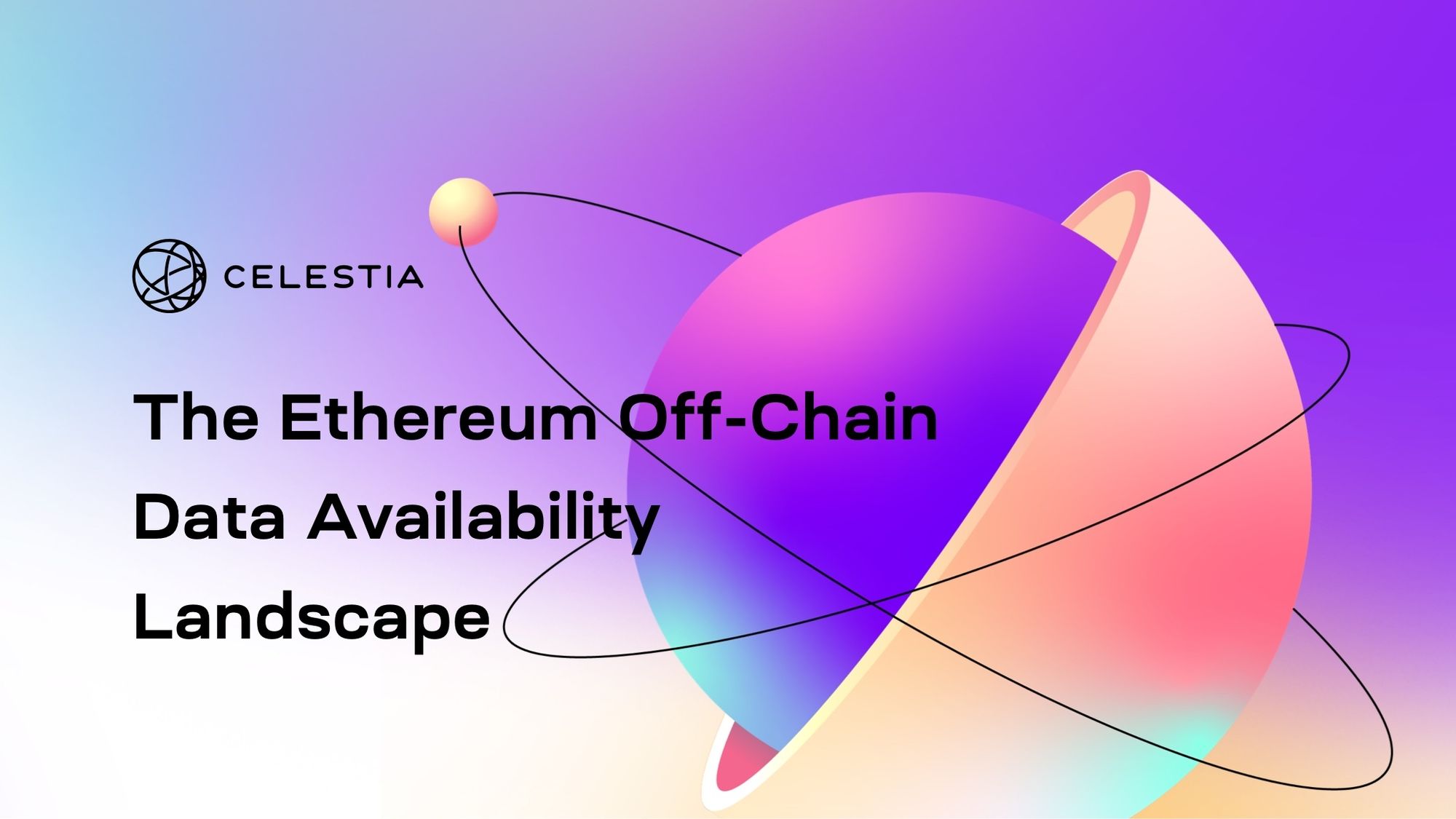
Celestia: As the first modular blockchain network focused on data availability, Celestia enables zk rollups to post transaction data off-chain while maintaining decentralization and security. Its Data Availability Sampling (DAS) technology lets nodes efficiently verify that all data is available, helping rollups scale without sacrificing trustlessness.
-

Polygon Avail: Polygon Avail is a purpose-built data availability layer designed to support a wide range of rollups, including zk rollups. By separating data availability from execution, Avail allows rollups to scale massively, reducing bottlenecks and enabling faster, cheaper transactions across the Ethereum ecosystem.
-

EIGENLayer: EIGENLayer introduces restaking to Ethereum, allowing validators to secure new data availability services. By leveraging Ethereum’s security, EIGENLayer provides a decentralized and robust foundation for zk rollups that require reliable data availability without overloading the main chain.
-
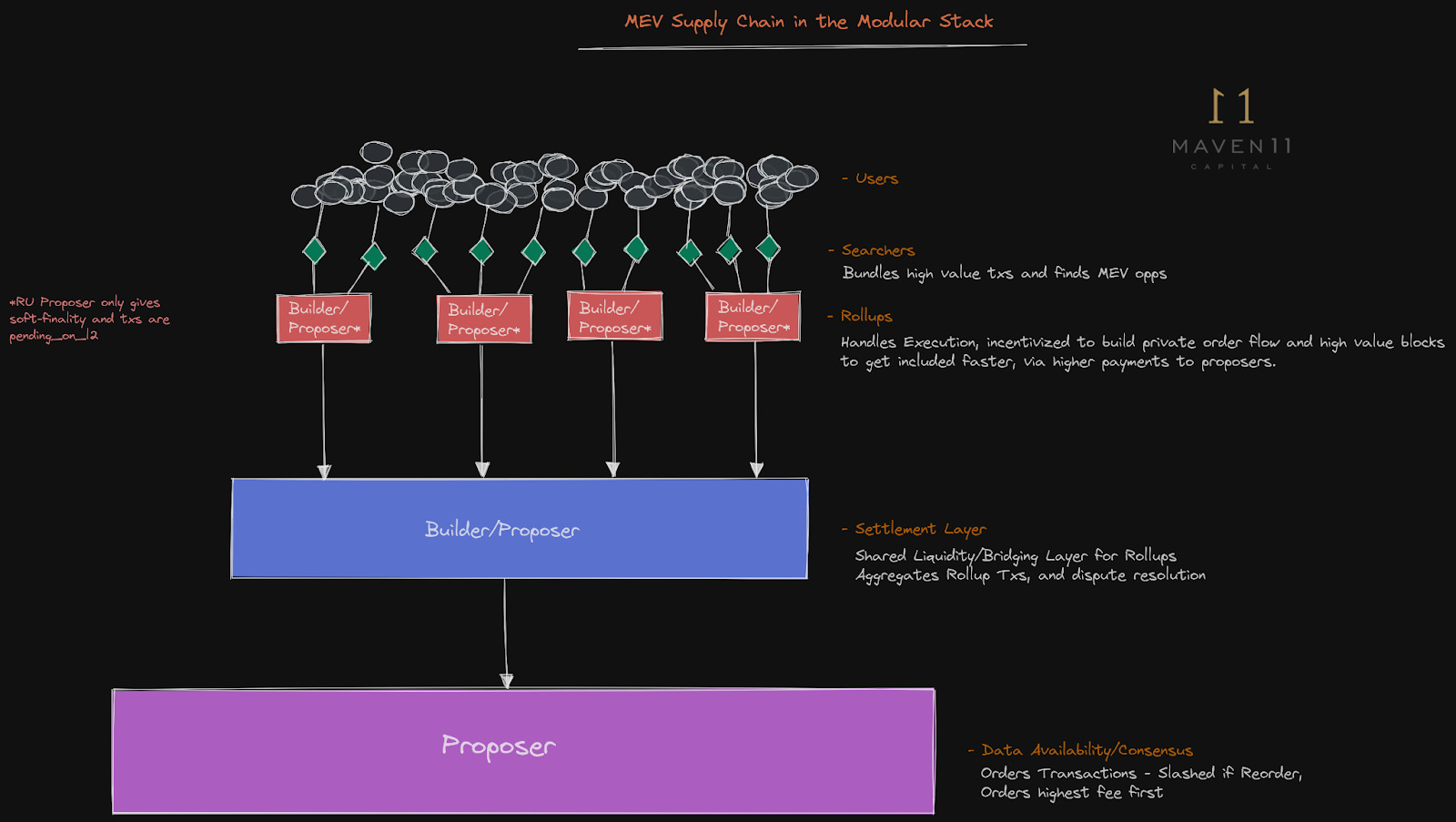
NEAR Data Availability Layer: NEAR Protocol has developed a data availability layer that integrates with zk rollups, offering high throughput and low-latency data storage. Its sharded architecture ensures that rollups can access data efficiently, supporting the next generation of scalable blockchain apps.
Best Practices for Rollup Builders and Users
If you’re building or using a zk rollup in 2025, here’s what you need to keep top of mind regarding data availability:
- Transparency: Always know where your transaction data lives, on-chain, DACs, or external DA layers, and understand the implications for censorship resistance.
- Exit Strategies: Make sure your rollup supports trustless exits even if some DA providers go offline or misbehave. No one wants funds stuck during an outage!
- Community Monitoring: Robust monitoring tools are essential for detecting withholding attacks or suspicious centralization moves early.
- Diversification: The most resilient designs combine multiple approaches, a hybrid model using both on-chain posting and external DA layers can hedge against single points of failure.
The competition among DA providers is also heating up. Expect rapid innovation in slashing conditions for misbehaving committee members, improved sampling protocols, and more user-friendly dashboards that put DA status front-and-center for every transaction.
What’s Next? The Road Ahead for ZK Rollup Scalability
The next year will be pivotal as Ethereum’s ecosystem shifts toward a modular future where horizontal scaling, smart sequencers, and programmable rollups become reality. Data availability will remain the linchpin enabling this progress, without it, all those fancy zk proofs are just math on paper. With more users onboarding every day and real assets flowing through DeFi rails powered by zk tech, getting this right is non-negotiable.
If you want to stay ahead of the curve as new scaling solutions launch and old bottlenecks fade away, make sure you’re tracking not just throughput numbers but also how each protocol ensures data can never be withheld or lost. The winners in 2025 will be those who treat data availability not as an afterthought but as a first-class citizen in their architecture.
The bottom line? ZK rollup scalability isn’t just about faster transactions, it’s about building systems where users never have to trust blindly that their assets are safe or that they’ll be able to verify what happened tomorrow. That’s why robust data availability is powering the next generation of blockchain innovation right now.
